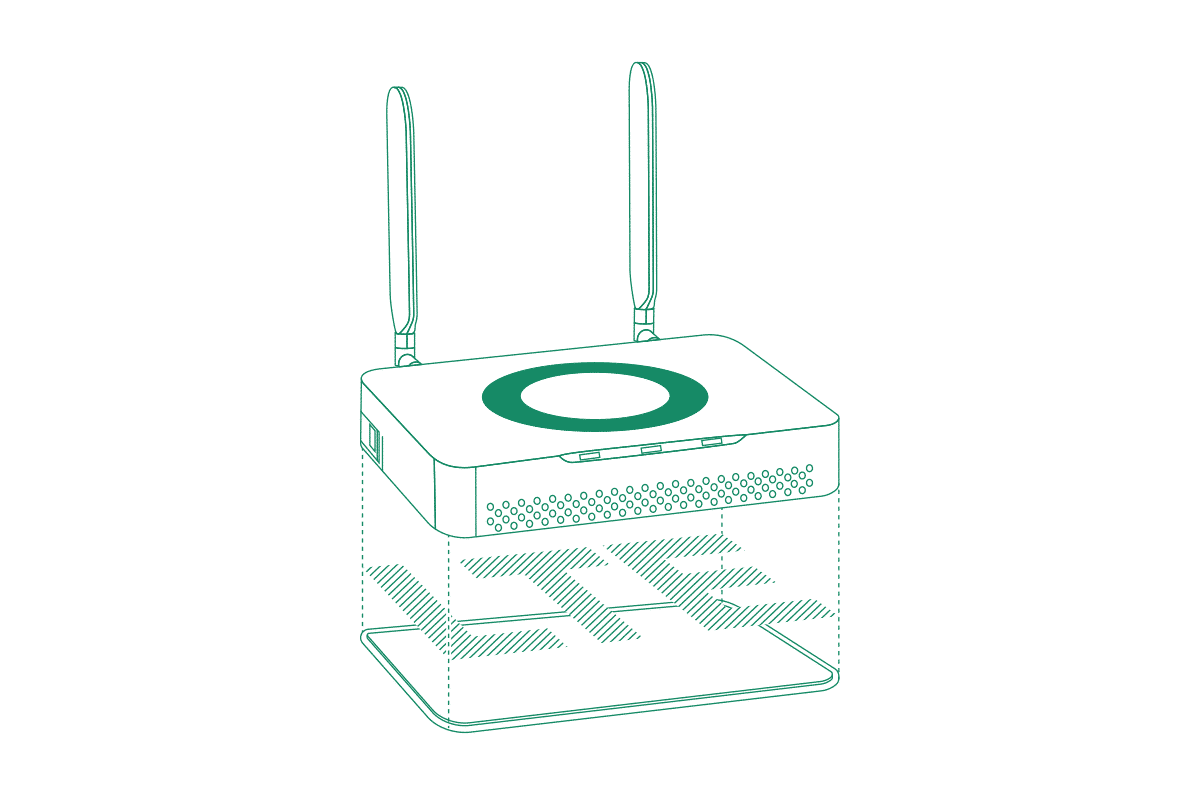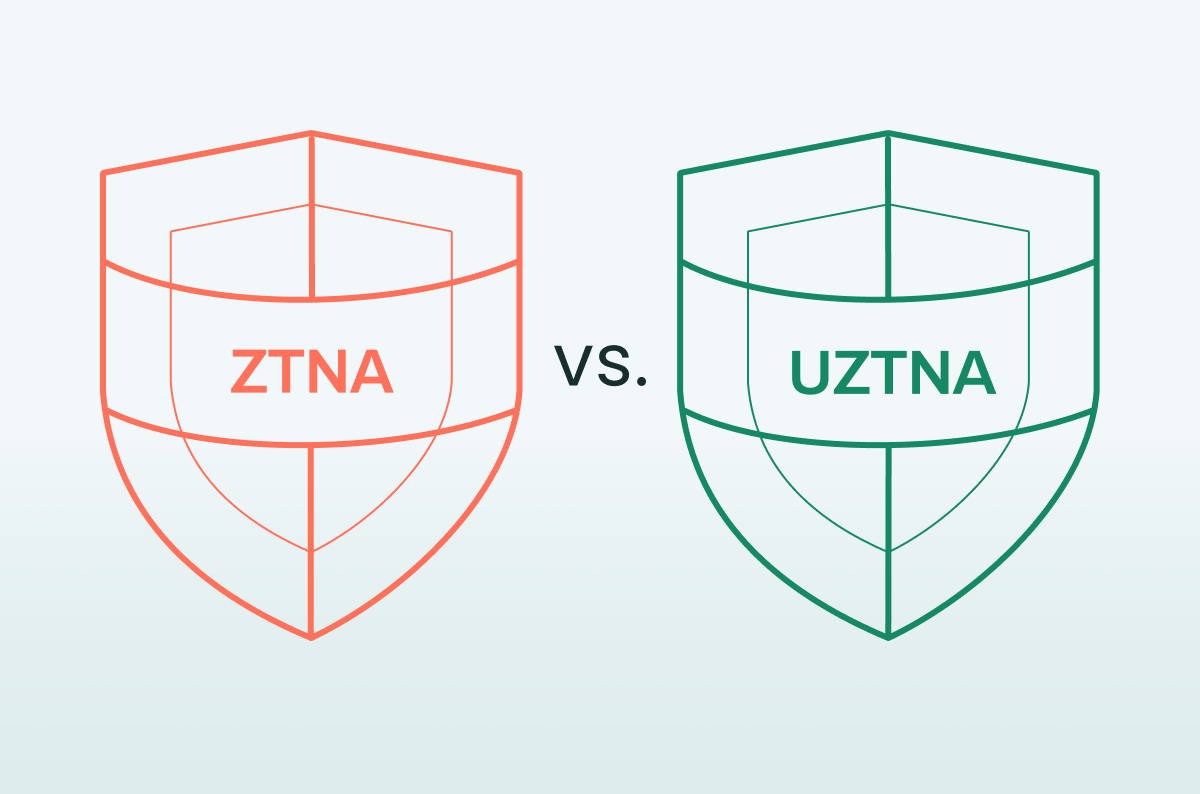Your Employees Need High-Performance, Secure Internet Access (and Aren’t Getting It)

|
Listen to post:
Getting your Trinity Audio player ready...
|
Computers have become a core component of the modern company. Many employees spend most or all of their workdays on them, interacting with a variety of different pieces of software. To do their jobs, employees need high-performance, secure access to corporate networks and IT assets. This is true whether an employee is working from the office or from off-site.
As remote and hybrid work schedules become more common, companies are deploying secure remote access solutions, such as virtual private networks (VPNs) to support them. However, this often means making tradeoffs between the performance of remote workers’ network connectivity and its security.
High-Performance Internet Access is Essential for the Modern Business
In the past, most of an organization’s employees worked on-site. This meant that they were connected directly to the headquarters network and protected by its perimeter-based security solutions. However, in recent years, a growing percentage of an organization’s employees are working from outside the office. Companies have adopted remote and hybrid work policies in response to the COVID-19 pandemic and to take advantage of the global workforce. At the same time, corporate IT assets are increasingly moving to the cloud. Software as a Service (SaaS) and cloud-native applications can offer improved performance, availability, and scalability for an organization’s employees and customers.
As a result of these shifts, the corporate LAN is becoming increasingly irrelevant as it hosts a diminishing percentage of an organization’s IT assets. However, the headquarters network is also where an organization’s security solutions are located and where the traffic is routed. Remote workers need high-performance network access to corporate networks and resources. Yet the design of many modern corporate networks means that this is not always a reality.
Why remote access should be a collaboration between network & security | WhitepaperWhere Legacy Secure Remote Access Falls Short
With a growing percentage of corporate workforces working on remote or hybrid schedules, a secure remote access VPN is essential. In many cases, companies are reliant on VPNs to provide this capability. Legacy VPN solutions are simply not designed to meet the needs of the modern enterprise.
Some of the primary ways in which they fall short include:
- Inefficient Routing: Remote access VPNs are designed to route remote workers’ traffic to a VPN server, which is typically located on the corporate headquarters network. However, with a growing percentage of companies’ IT assets not located on-prem, this creates inefficient routing that degrades network performance and increases latency.
- Inadequate Security: From a security perspective, all that a VPN does is provide an encrypted tunnel over which traffic is sent between the remote worker and the corporate network. Protecting against cyber threats and implementing a zero-trust security policy requires additional solutions alongside or instead of the VPN servers, which increases the cost and complexity of an organization’s IT infrastructure and limits its scalability.
VPNs were designed to implement a perimeter-focused security model where most of an organization’s IT assets were located on the headquarters network and needed to be protected against external threats. But this security model is no longer effective.
As a result, employees and companies are suffering from poor network performance in their remote access solutions as they try to use legacy secure remote access solutions to implement an outdated security model for a network architecture that no longer exists.
Choosing Both Performance and Security
VPNs’ design and lack of built-in security forces a tradeoff between network performance and security. Routing remote workers’ network traffic through the headquarters network for security inspection creates inefficient routes and network latency for remote users and cloud-based assets. Allowing remote users to connect directly to cloud-based assets, which provides the network performance that companies need, bypasses perimeter-based security stacks and leaves the organization at risk due to VPNs’ lack of built-in security.
Avoiding the tradeoff between network performance and security requires replacing legacy VPNs with a modern remote access solution. Secure Access Service Edge (SASE) provides numerous benefits over VPNs, including:
- Cloud-Native Design: SASE solutions are deployed on globally distributed points of presence (PoPs). This allows them to be deployed geographically near an organization’s IT assets, reducing network latency, and enables them to take full advantage of the benefits of the cloud, such as scalability and availability.
- Zero-Trust Access Control: SASE solutions integrate secure remote access capabilities in the form of zero-trust network access (ZTNA). This allows them to implement zero-trust access controls for remote users, a capability that VPNs do not share.
- Integrated Security: SASE solutions combine ZTNA with a full network security stack and network optimization capabilities. Integrating security solutions with ZTNA eliminates the need for standalone security solutions alongside a VPN endpoint and enables direct connectivity to cloud-based assets without backhauling traffic to an on-prem security architecture or sacrificing security for network performance.
Corporate networks and business needs are evolving, and VPNs are not keeping up. Cato SASE Cloud, the world’s most mature single-vendor SASE platform, provides companies with the ability to support their remote workers with high-performance, secure network access. Learn more about improving the performance and security of your corporate WAN by signing up for a free demo of Cato SASE Cloud today.















